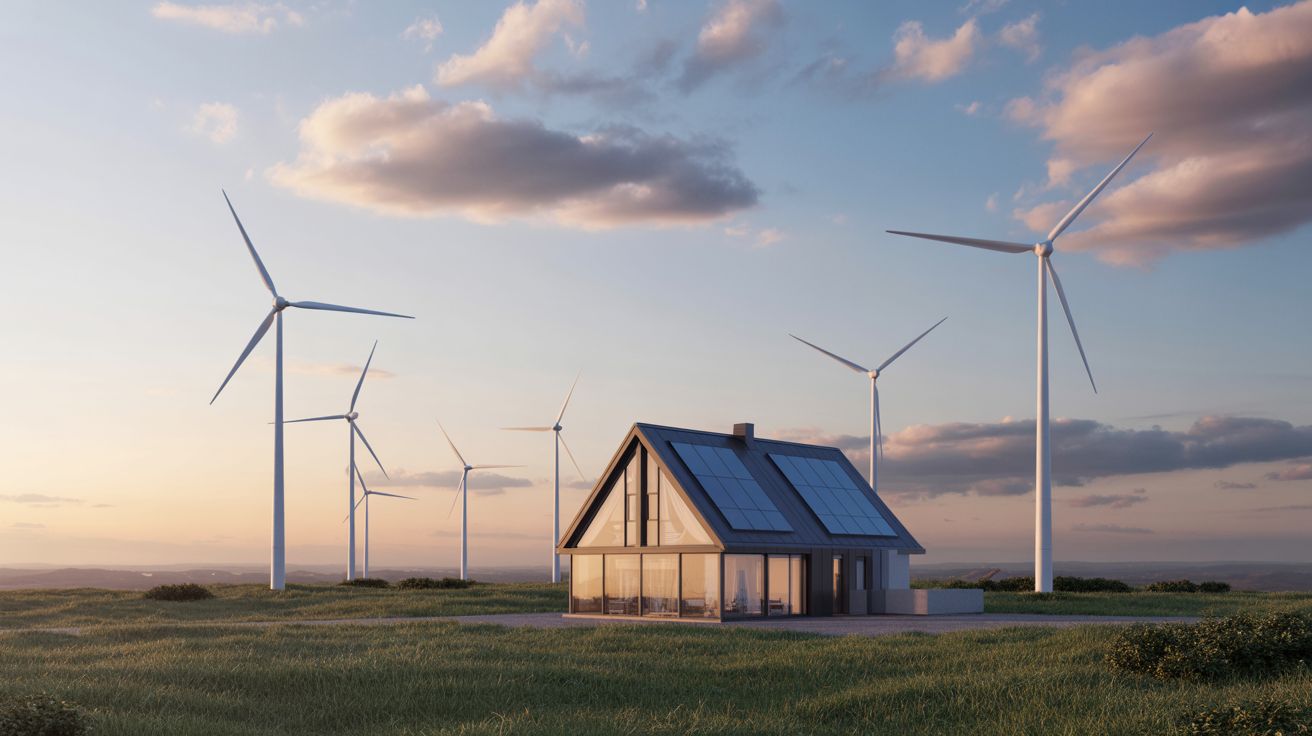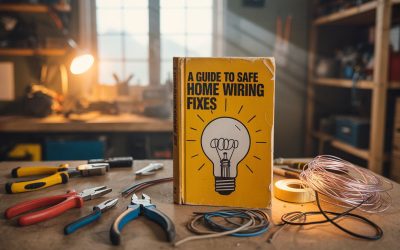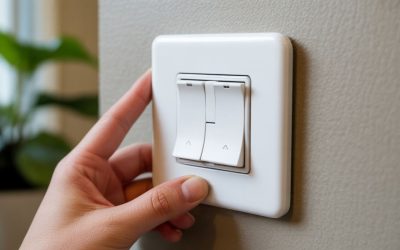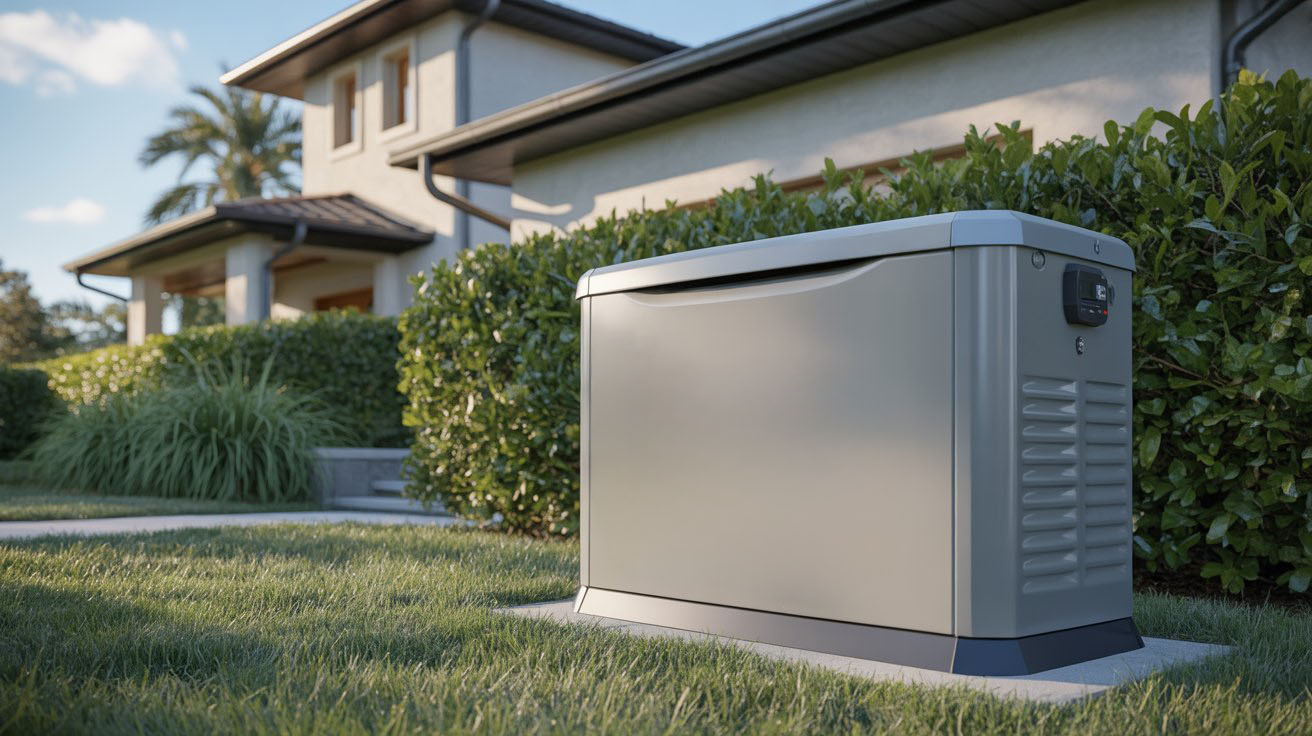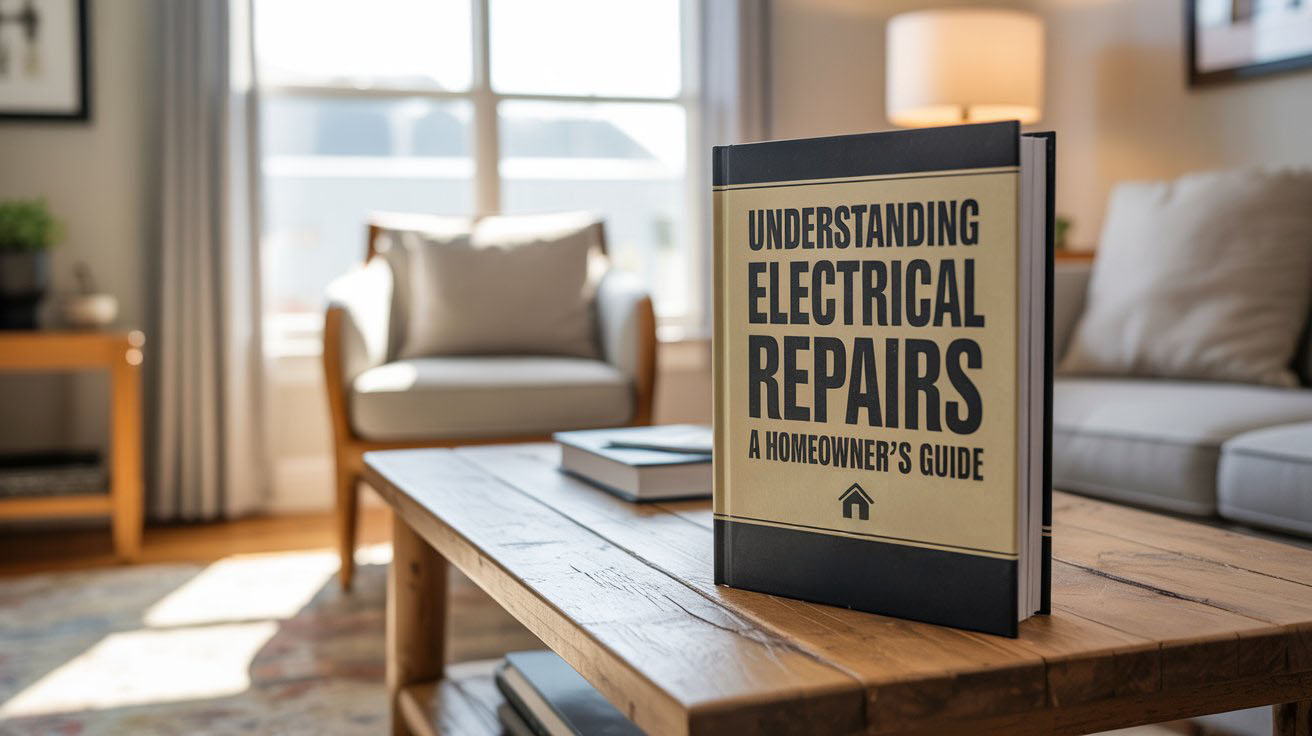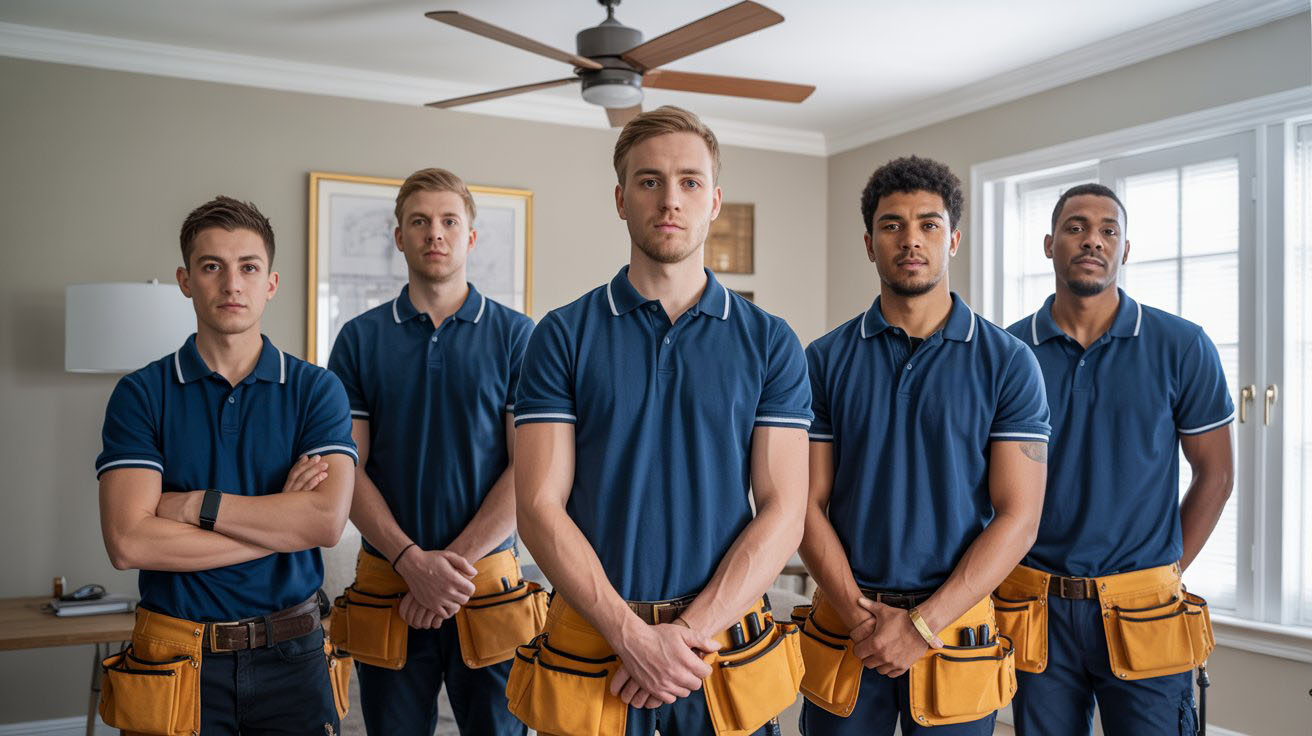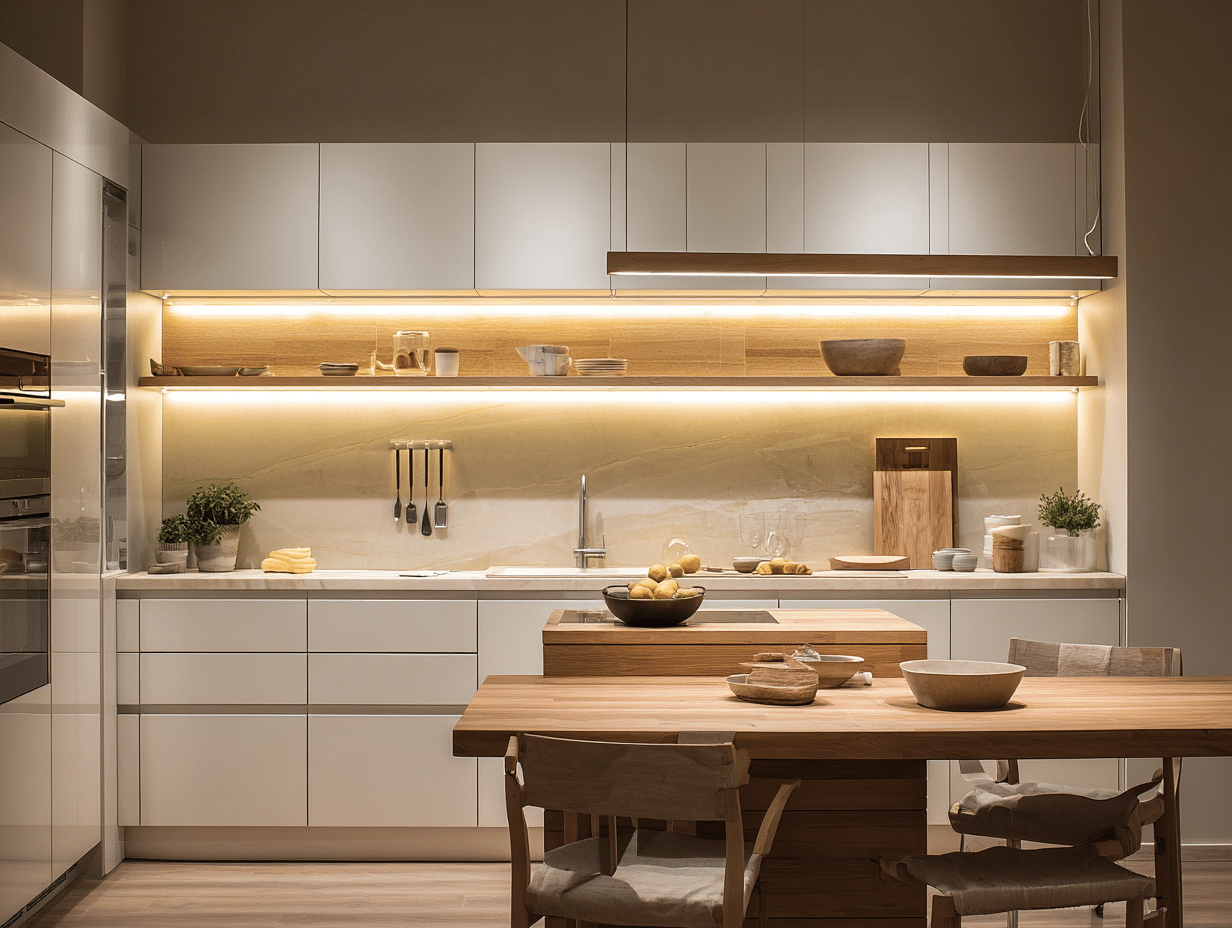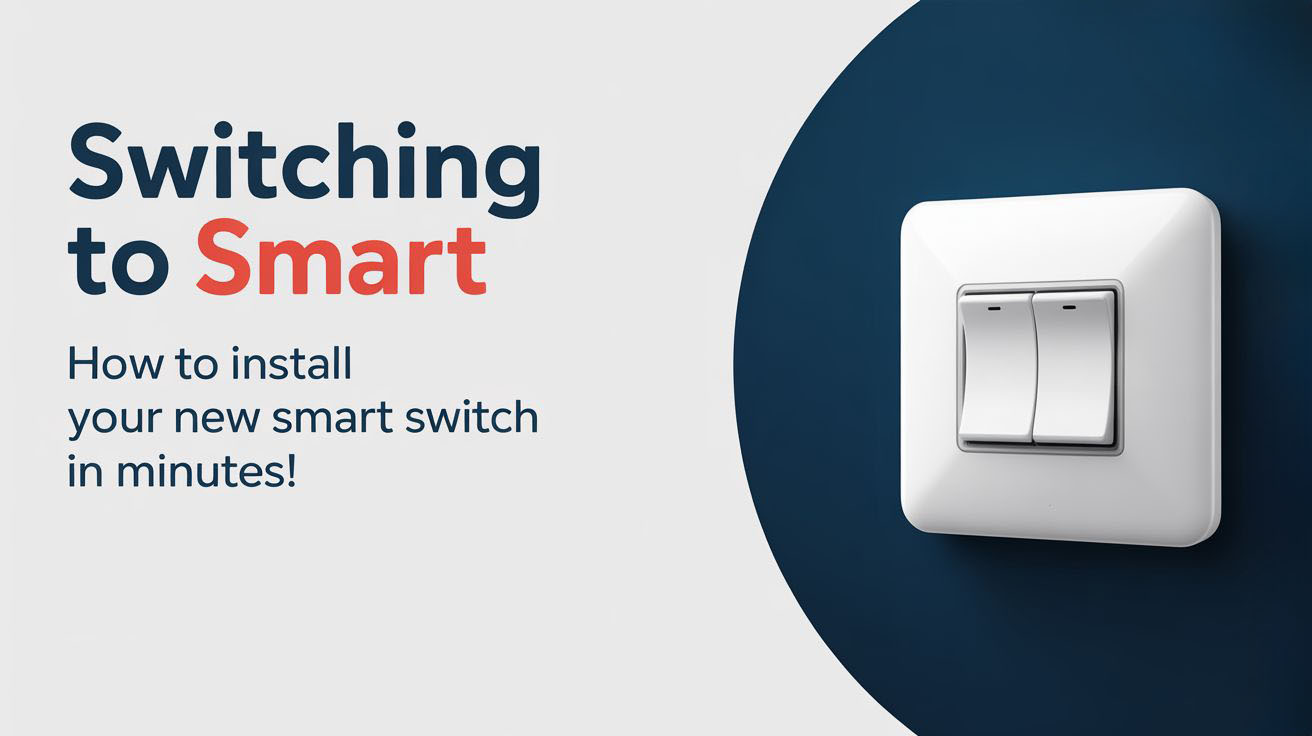Wind energy is becoming an increasingly appealing option for homeowners seeking to lower their energy costs and reduce their carbon footprint. Installing wind turbines can transform even minor gusts into significant energy savings, leading to a more sustainable lifestyle for you and your family.
Table of Contents
- Understanding Wind Energy
- Benefits of Wind Turbines
- Choosing the Right Wind Turbine
- Installation Process
- Maintenance and Safety
- Key Takeaways
- FAQs
- Schedule Your Electrical Service Today
Understanding Wind Energy
Wind energy is generated by converting the kinetic energy of moving air into electricity. This energy is harnessed using wind turbines, which feature blades that spin in the wind. The movement turns a generator that produces electricity for your home. Since wind is a renewable source, using wind turbines can significantly lower your reliance on fossil fuels.
It’s important to note that the effectiveness of wind energy depends on your location. Areas with consistent winds will see better results from wind turbines. Homeowners can benefit from the installation by not only saving on energy bills but also contributing to environmental sustainability.
Benefits of Wind Turbines
- Environmental Impact: Wind energy is a clean source of energy that produces no harmful emissions, helping to combat climate change.
- Cost Savings: Once installed, wind turbines have low operating costs and can significantly reduce your energy bills over time.
- Energy Independence: Generating your own power reduces reliance on traditional electricity sources.
- Increased Property Value: Homes with renewable energy sources often have higher resale values.
Each benefit contributes to a sustainable lifestyle and provides a sense of security against rising energy costs. Homeowners now see wind turbines not just as an investment but as a commitment to a better future.
Choosing the Right Wind Turbine
Selecting the ideal wind turbine for your home requires considering several key factors. First, assess your area’s wind speed and patterns. A professional can conduct a site assessment to provide accurate readings. Next, decide on the type of wind turbine that suits your needs: small turbines are suitable for residential use, while larger turbines are better suited for areas with more land available.
Factors to keep in mind include:
- Size: Smaller models are suited for individual households.
- Type: Both horizontal-axis and vertical-axis turbines have their benefits.
- Budget: Ensure that you consider installation costs in addition to the turbine price.
Consulting with an electrician or renewable energy expert can help you select the right option tailored to your home’s energy needs.
Installation Process
The installation of a wind turbine generally involves several steps. After selecting the turbine, your property needs a careful survey to determine the best location. This ensures optimal exposure to wind and minimal obstruction from nearby structures.
Next, you’ll need to prepare for installation, which may include erecting a pole or tower and connecting electrical systems. Hiring qualified electricians is crucial to ensure safety. They can manage the electrical connections and comply with local regulations.
Remember that some states or local authorities may require specific permits before installation, so checking local guidelines is essential.
Maintenance and Safety
Once installed, wind turbines require regular maintenance to ensure efficient operation. Most wind turbines require annual inspections to clean components and identify wear and tear. Regular maintenance also prevents minor issues from escalating into major ones.
Safety is another critical concern. Turbines should be appropriately installed to withstand extreme weather conditions. Regular inspections will help ensure your system remains safe and effective.
Key Takeaways
- Wind energy is a renewable and environmentally friendly source of energy.
- Choosing the right turbine enhances efficiency.
- Professional installation and maintenance are key to performance.
- Wind turbines can increase your property’s value.
FAQs
What is the lifespan of a wind turbine?
Most residential wind turbines last around 20 to 25 years with proper maintenance.
Do I need planning permission for a wind turbine?
Yes, many regions require permits, so check with local regulations.
How much energy can a wind turbine generate?
This depends on the wind speed and turbine size, but some can provide significant portions of your energy needs.
Are wind turbines noisy?
Modern turbines are designed to operate quietly, though noise levels can vary based on the model and wind conditions.
Can I install a wind turbine myself?
It’s highly recommended to hire professionals for installation due to safety and technical requirements.
Schedule Your Electrical Service Today
Transforming your home with wind turbines is a fantastic way to contribute to savings and sustainability. If you’re ready to learn more about installation and how to make the most of wind energy, contact our professional electricians today.

